Submitted by Mariko Sugita
"Architecture has the power to bring people together" says Kengo Kuma
Japan Architecture News - Mar 29, 2019 - 17:27 12712 views
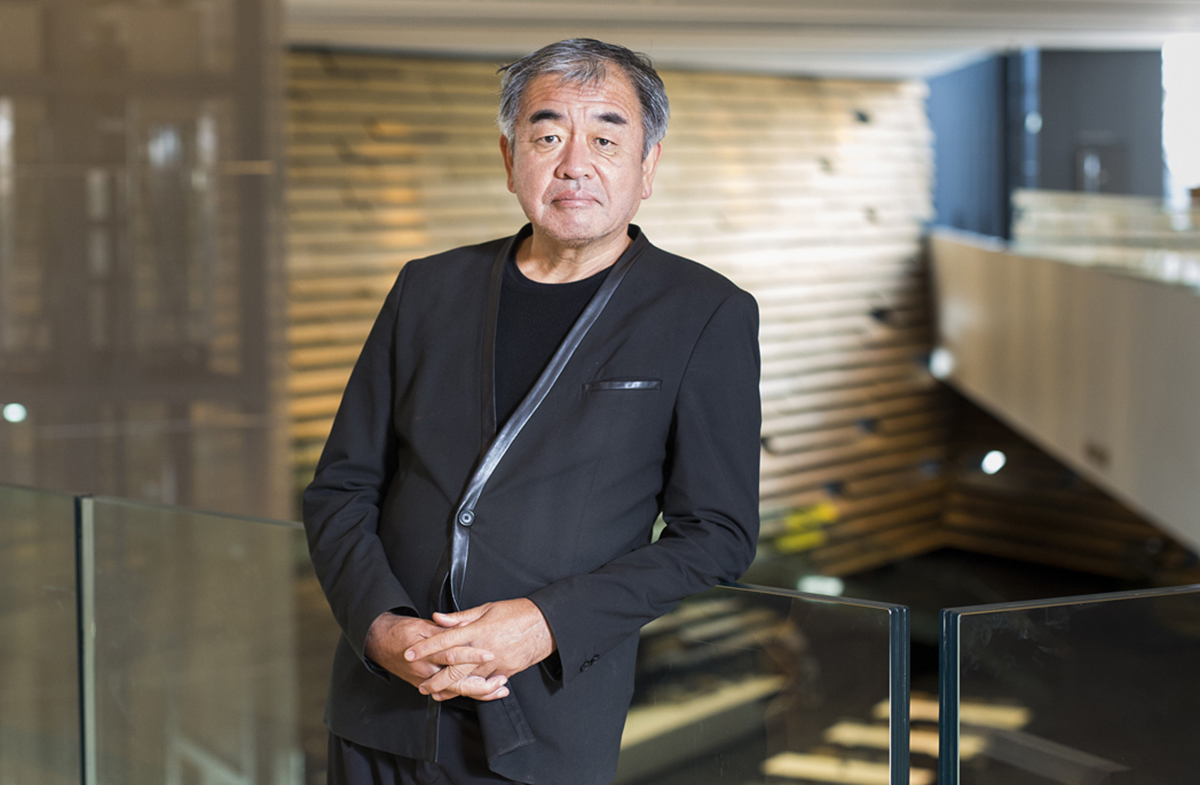
Kaira Looro Competition is an international architecture competition organized by the nonprofit organization Balouo Salo Association, which is engaged in humanitarian architecture projects in Africa to support disadvantaged communities. The competition aims at raising awareness of emerging architecture in developing countries, and the 2019 edition is dedicated to designing a peace pavilion in commemorating the victims of African wars for the promotion of universal peace.
Many African countries have been suffered from armed conflicts due to the exploitation of resources as well as ethnic and religious disputes, resulting in millions of innocent lives lost and refugees seeking shelters in foreign lands.
How can we envision the future of architecture of humanitarian purposes that can serve well for the innocents and those without a voice? World Architecture Community's Japanese Country Reporter Mariko Sugita asked Kengo Kuma, whose firm Kengo Kuma & Associates is one of the collaborators and juries of Kaira Looro Architecture Competition.
Registrations are closing today for the competition. The winner will get a €4,000 cash prize and work as an intern at Kengo Kuma's Tokyo Office alongside the construction of the pavilion in Sedhiou, Senegal.
World Architecture Community is the official Media Partner of the competition and will share the results when the competition has ended.
Read the full transcript of the interview with Kengo Kuma:
Mariko Sugita: What are your general impressions of the theme of the competition this year, and what is your approach to it?
Kengo Kuma: The scale of the project for this year is relatively smaller than in previous years. However, an important aspect of this year is that a winning proposal is going to be constructed. I think this will encourage participants of the competition to investigate local materials, construction methods, and cultures in more depth.
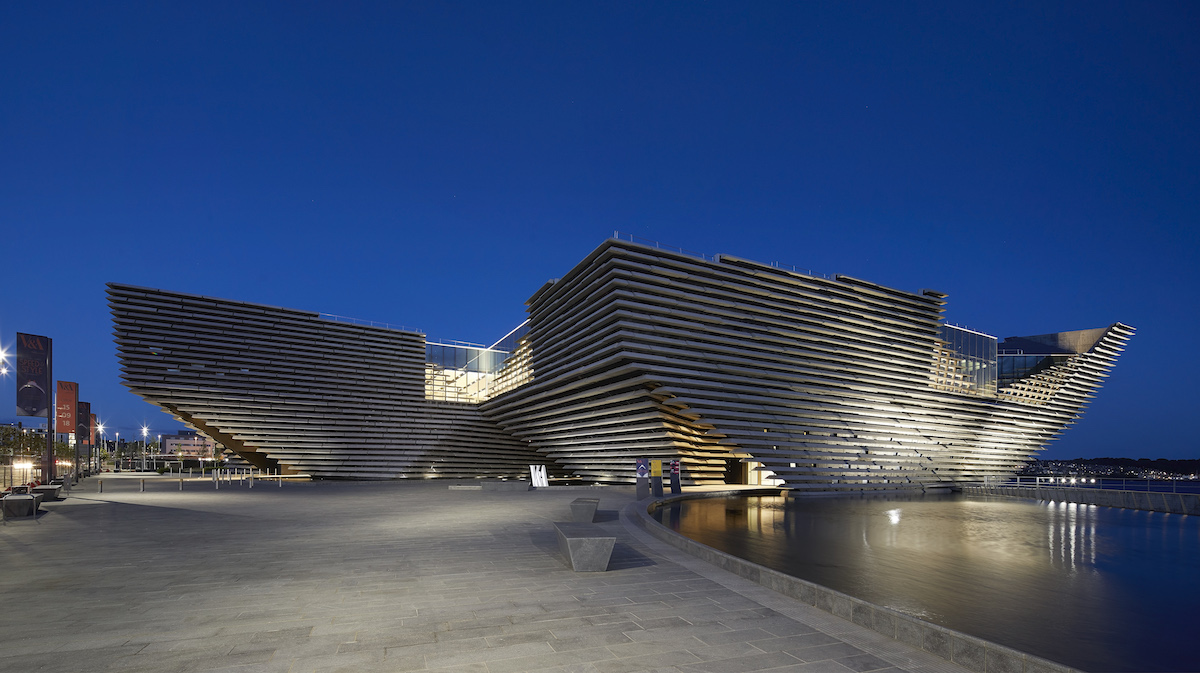
Kengo Kuma & Associates's V&A Dundee. Image © Hufton + Crow
Mariko Sugita: How do you position Kaira Looro Architecture Competition itself among other architectural competitions?
Kengo Kuma: Humanitarian aspect of the competition is quite unique. I think the competition is very ambitious in this sense.
Mariko Sugita: In comparison to the previous winners of the Kaira Looro Architecture Competition, what quality and character do you expect to see this year?
Kengo Kuma: This year’s competition is different from previous ones as it is intended to be built. It makes the competition more challenging for participants, and at the same time, it will encourage the participants to explore unique, innovative materials and construction methods, which could build a good relationship with the local culture. Other jury members and I are looking forward to seeing innovative ideas and concepts.
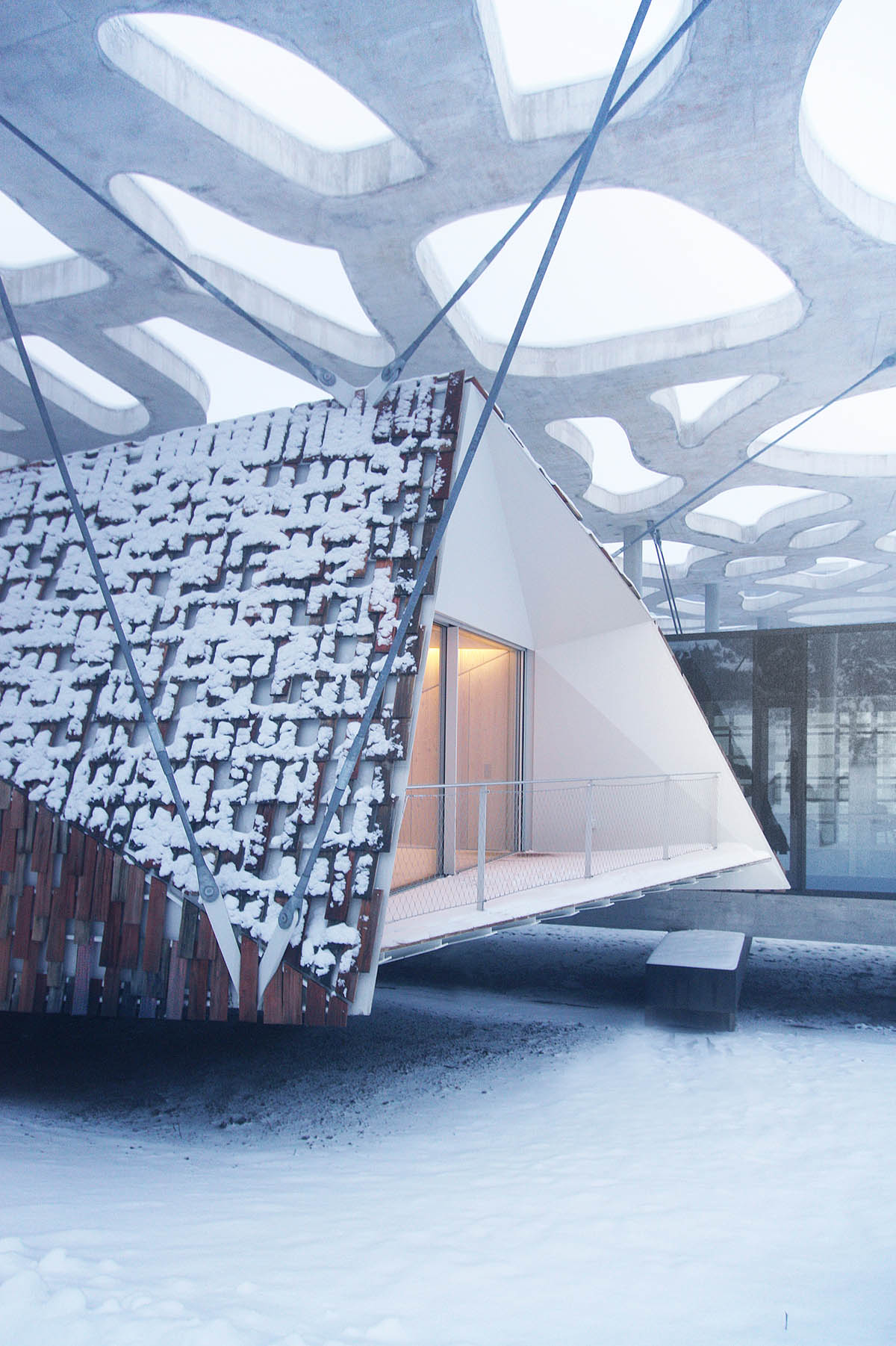
Kengo Kuma & Associates's Suspended Forest, Cocoon-Like Family House on Jura Mountains. Image © CAPimages
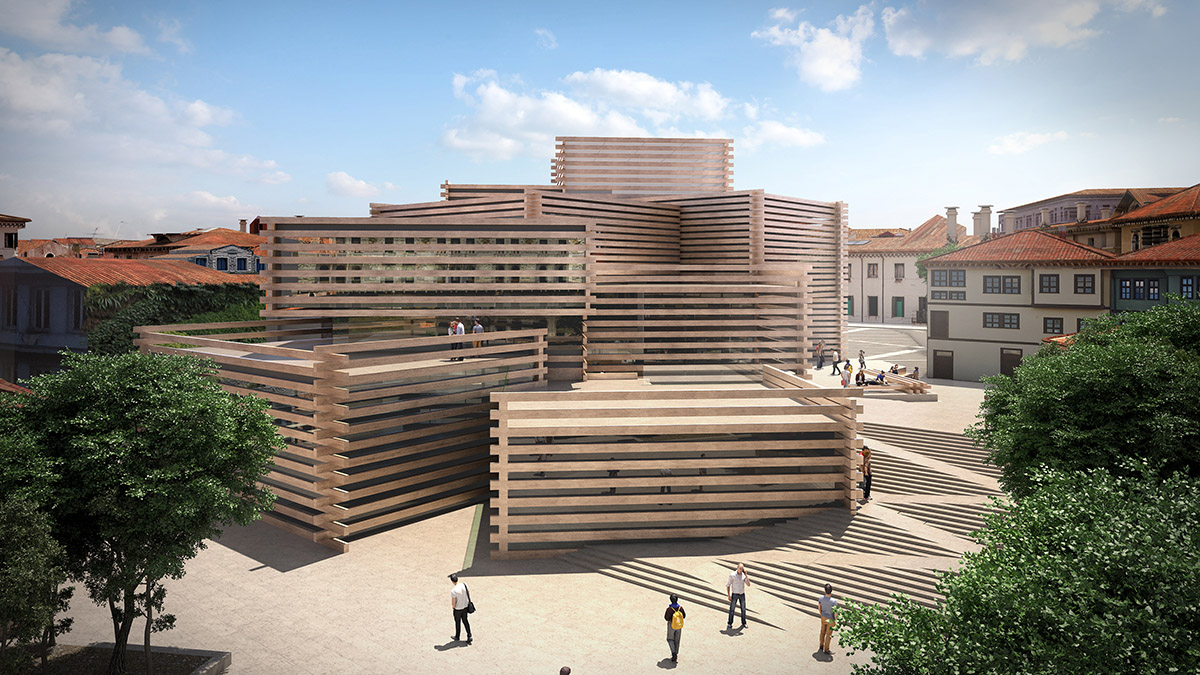
Kengo Kuma & Associates's Odunpazari Modern Museum comprised of wooden volumes will open in June in Turkey. Image © Kengo Kuma & Associates
Mariko Sugita: How are your experiences with the winners from previous years of the internship prize at your office?
Kengo Kuma: They were very enthusiastic about working for our projects, and they also enjoyed staying in Tokyo.
Mariko Sugita: We’ve heard that you traveled across Africa during your student years. Tell us more about your personal relationship with you and Africa, and how it affects your work in general.
Kengo Kuma: My expedition in Africa when I was a student under Hiroshi Hara had a great influence on my fundamental ideas about architecture. What materials are chosen to build, how buildings are related to landscape, everything was truly inspirational.
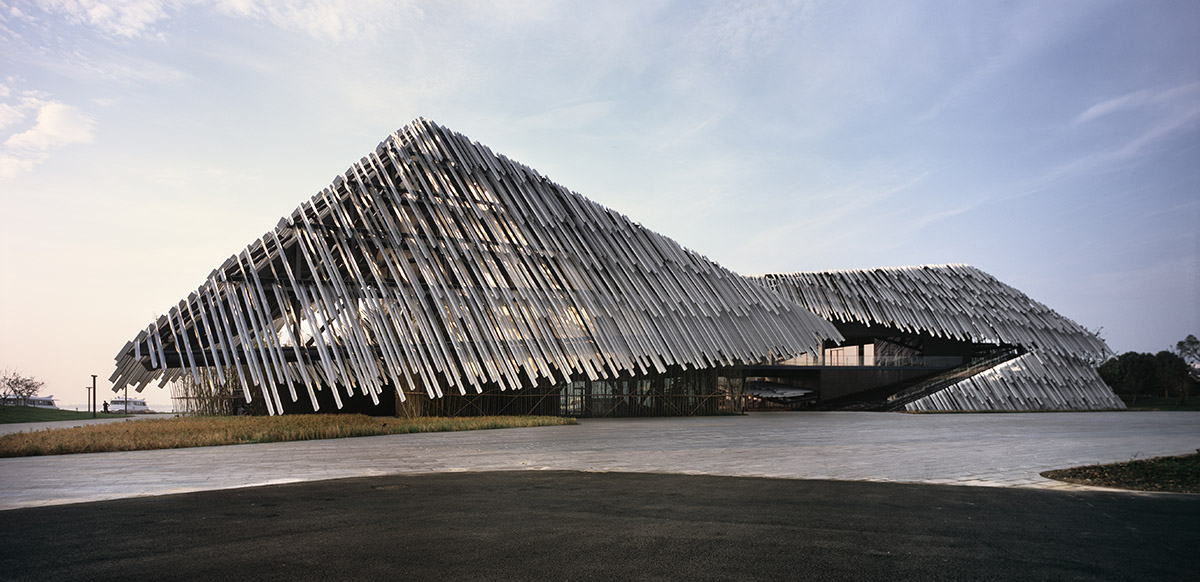
Kengo Kuma & Associates designed this tent-like Xiangcheng Yangcheng Lake Tourist Transportation Center by using extruded aluminum materials. Image © Erieta Attali
Mariko Sugita: In the current worldwide political climate of constant conflicts and the growing number of refugees seeking for shelters in foreign-lands, how would you evaluate architects’ involvement to the society in general? what do you think are the biggest challenges for architects working today, and how architecture can respond to urgent social matters and needs?
Kengo Kuma: I believe that architecture has the power to bring people together in many aspects. For example, I’m interested in democratizing a building process. Modernism in the 20th century made architecture exclusive: the industrialization of the building construction system such as concrete structure made the construction process limited to professional workers. It also accelerated normalization of building materials: no matter where a building stands, it is made of the same materials. On the contrary, what I’ve been working on is to develop architecture which everyone can participate in a construction process and have a sense of belonging. What I’m seeking is inclusiveness of architecture which celebrates diversity of people, cultures, and places.
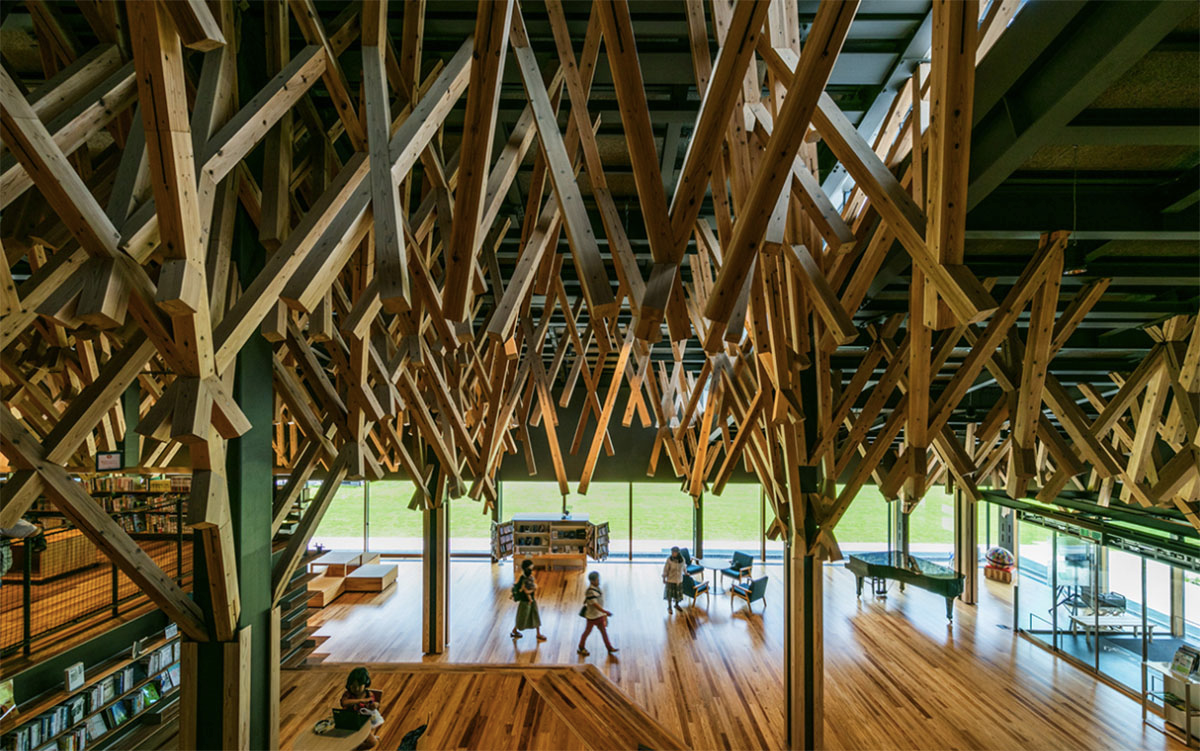
Kengo Kuma & Associates creates wooden forest on the ceiling of the Yusuhara Community Library. Image © Kawasumi・Kobayashi Kenji Photograph Office
Top Image: Kengo Kuma. Image © Michael McGurk